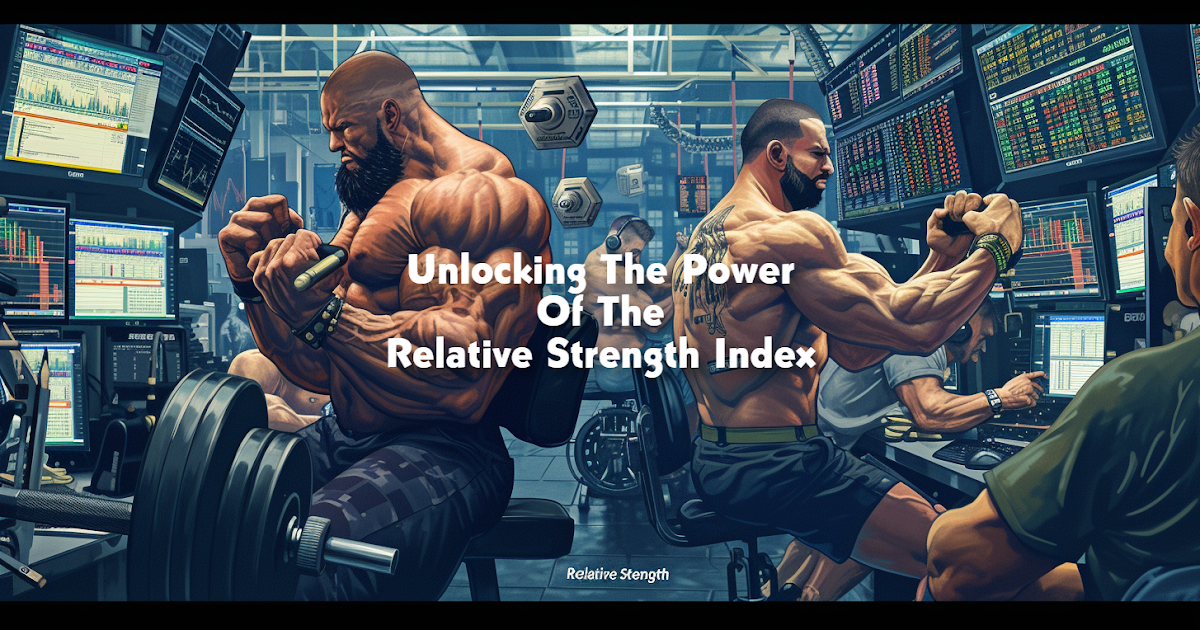
Trading financial instruments is a constant process of speculation. Knowing when to buy or sell an instrument helps ensure you rake in trading profits. This can be done by using tools that aid in predicting the future movement of the price of a stock.
What Is The RSI Indicator
How To Read The Relative Strength Indicator
Look at the example below, which shows Tesla ($TSLA), where the price bounced when the RSI was oversold, followed by a pullback when the RSI was severely overbought. Notice, that as the price moved in the opposite direction due to the overbought/sold conditions the stock went back to its original direction (up). This is another reminder that stock trading is just as much science as art.

100
RSI = 100 – ———
1 + RS
RS = Average Gain / Average Loss
Therefore, the relative strength is measured by taking the average size of all the up moves over a particular period divided by the average size of all the down moves over the same time.
How to Use The Relative Strength Index (RSI)
One powerful indication of a price reversal is RSI divergence. Using RSI in terms of catching divergence makes the indicator one of the most popular and profitable indicators out there. It occurs when RSI does not confirm higher highs or lower lows. For example, the price has reached a new low but RSI has not. The chart below shows RSI divergence and how it can signal a selling opportunity (beware of using it to short stocks). Using the RSI indicator for identifying divergence is one of the most powerful technical tools out there. Being able to identify divergence when a stock has made a lower low but the RSI did not; thus foreshadowing a reversal can be used for a great buy entry.
I do not recommend using divergence as a tool for shorting, you would have to be really skilled and would need additional technical signals to even make this profitable.

Conclusion
As you can see from this article, the RSI has several powerful methods of signaling future price action. The first way is once the indicator is overbought or oversold, you will likely see a price reversal. The second way is with price divergence whether the price does not agree with the RSI. My favorite usage of the RSI is when the price makes a lower low but the RSI does not, which usually foreshadows a wicked bounce.
Lastly, I highly recommend against using the RSI to short stocks, that is a dangerous game. Ideally, you would use the RSI indicator to try to sell the high and buy the low. Whether this buys using the overbought/oversold signals or divergence. It’s up to the reader to understand the nuances to maximize the profitability of this indicator through backtesting and watching the RSI in real-time, as stocks trade.
